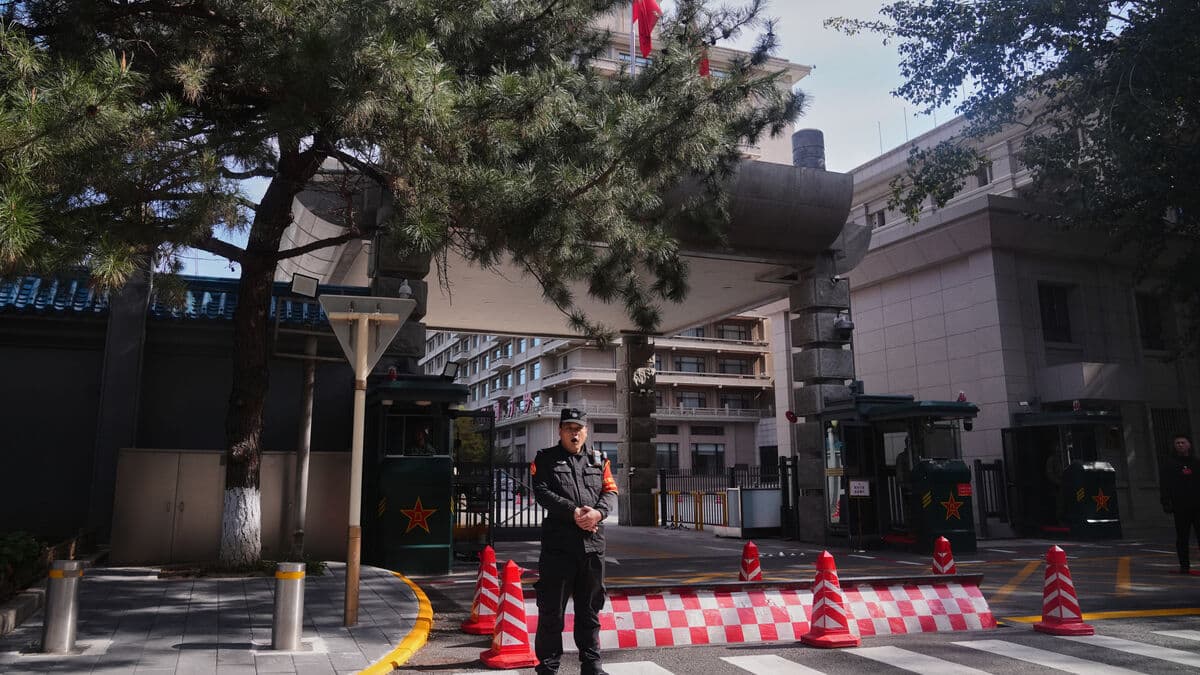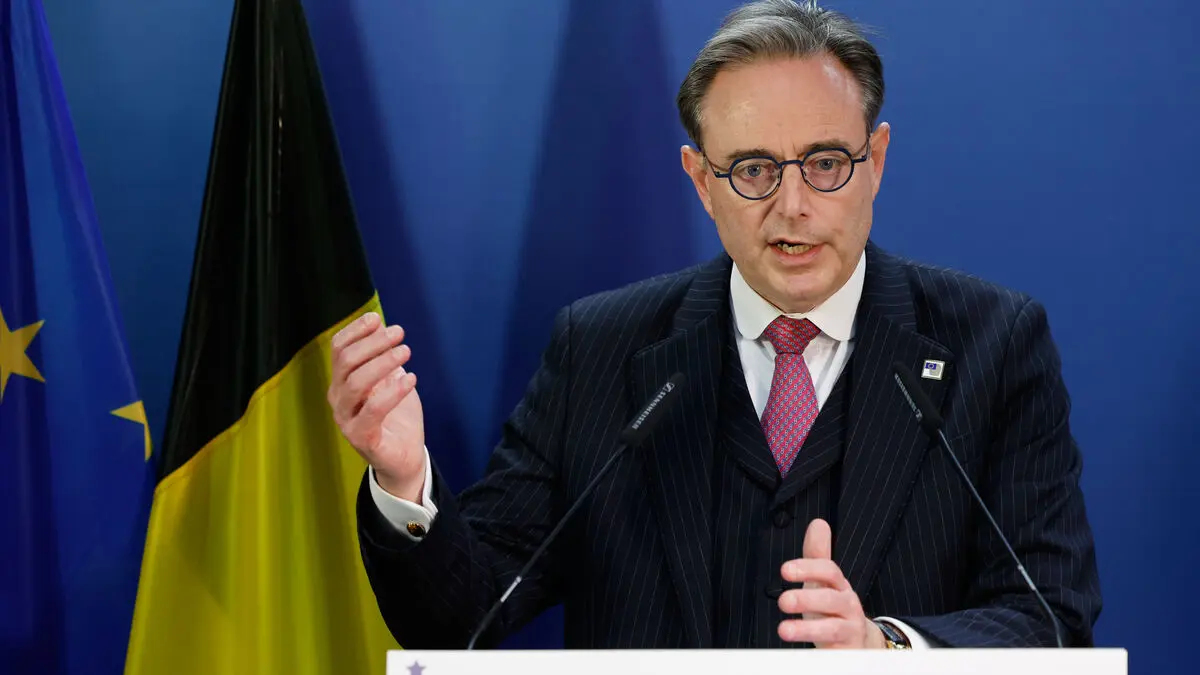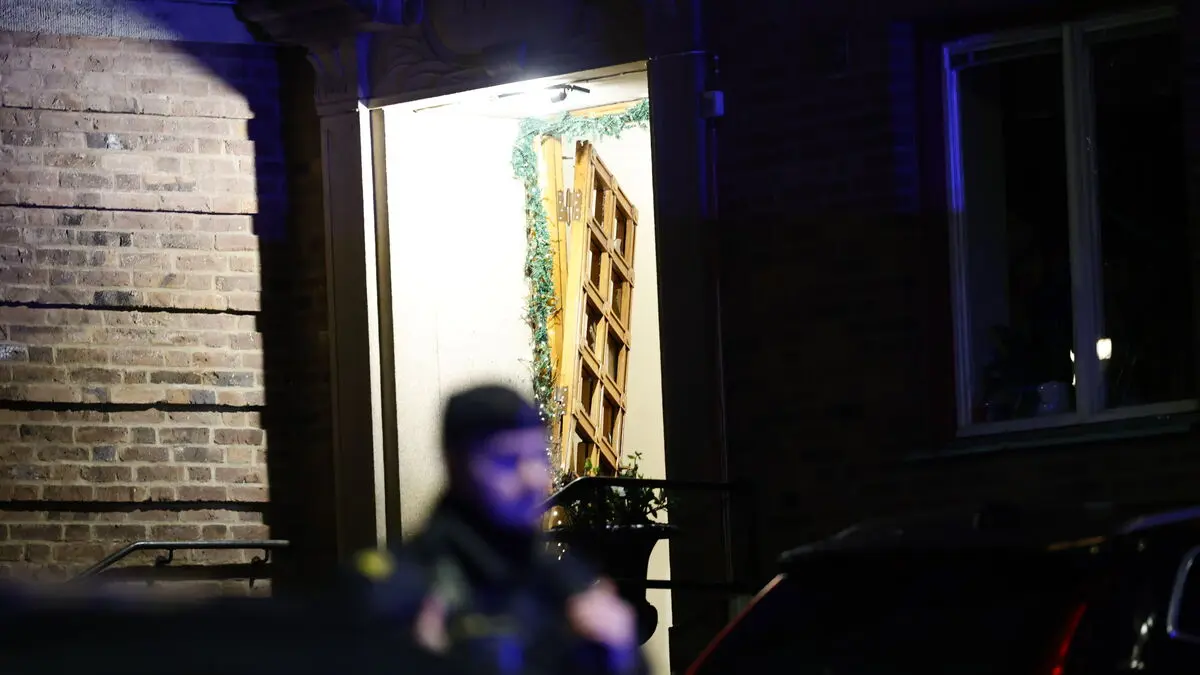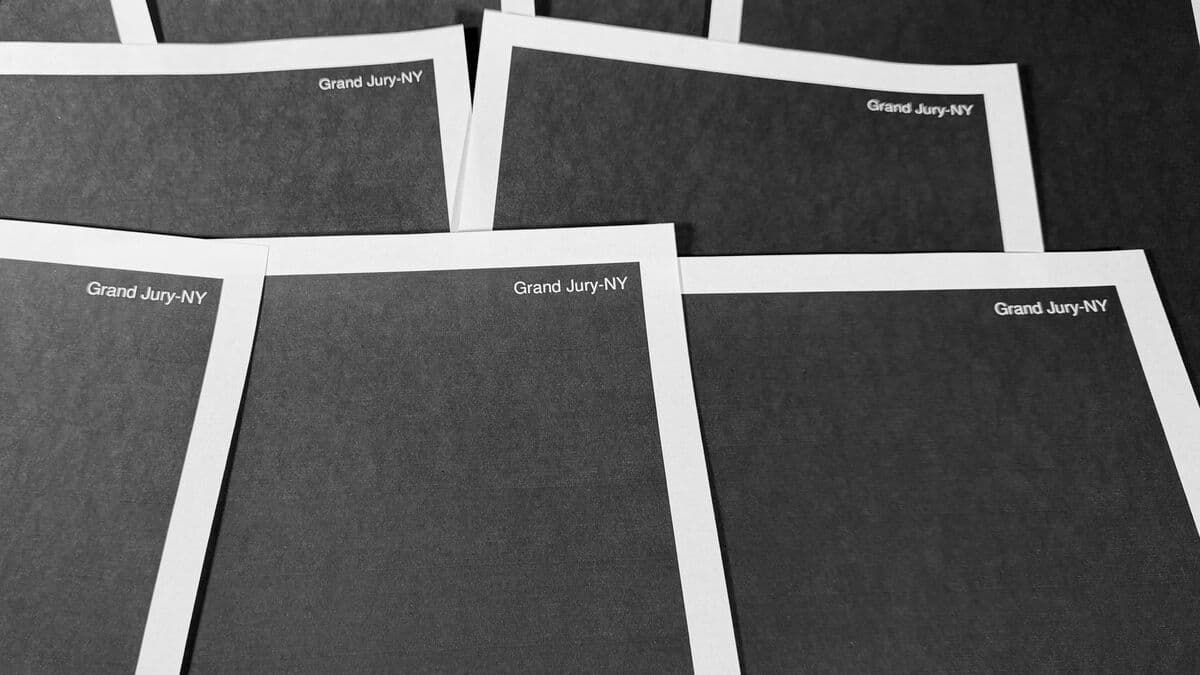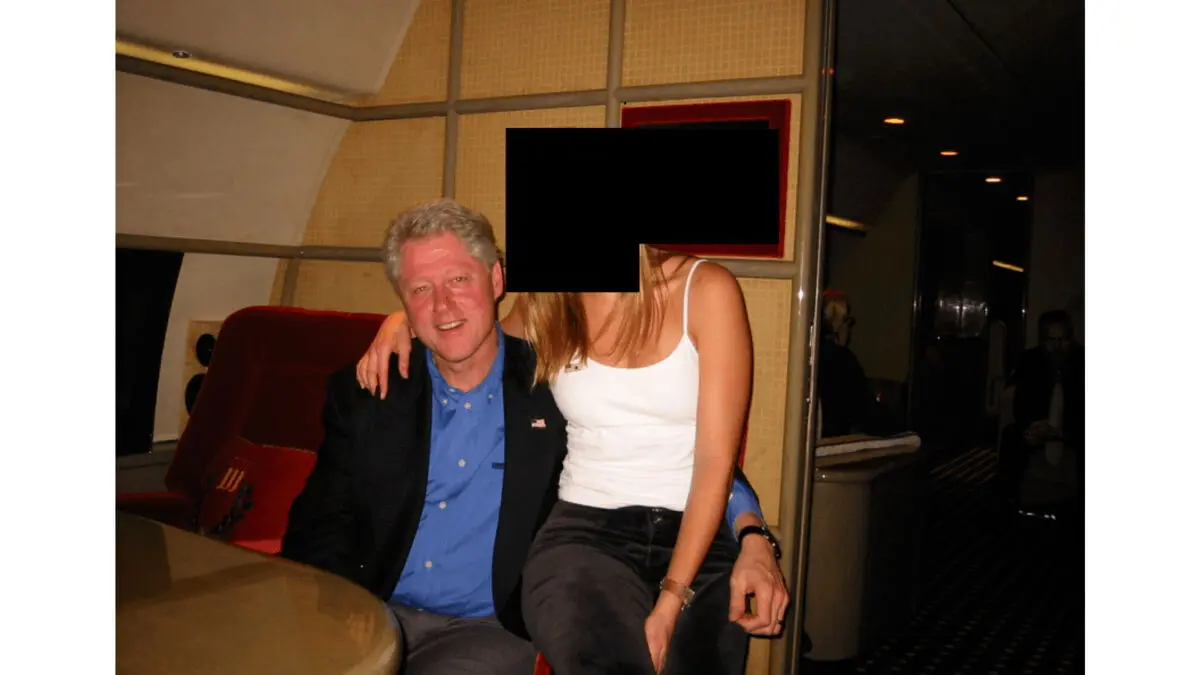Between Monday and Thursday, more than 200 people in China's power elite are expected to lock themselves in at a hotel in Beijing for negotiations.
The Communist Party's so-called Central Committee is holding a plenum and is to draw up a new five-year plan. The members usually need to stay at the facility where the meetings are held, so that no information or disagreements leak out.
The idea is that they will then, completely unanimously, tell what they have come up with.
Uncertain with tariffs
The party dictatorship has been working with five-year plans since 1953, where they formulate strategy and goals for China's social and economic development. The upcoming plan will be the 15th in order.
When the party's politburo announced the meeting last summer, it described a world situation with both opportunities and risks, and more "uncertainty and unpredictability".
At present, the great uncertainty lies in the tension in China's relationship with Donald Trump's USA, with a trade conflict that can be escalated with significantly tightened tariffs. China's overproduction of goods has driven down prices in several places and caused more threats of tariff increases.
Then there is the major domestic challenge of getting Chinese households to consume more. There are also divided opinions on whether the country will be able to reach its emission targets for 2030.
Seats of power
When the meeting begins, many observers will look at who sits down at the table and in which chairs. At previous plenums of this kind, it has been possible to interpret power shifts in the secretive party apparatus. On Friday, China's second-highest general and other top names were kicked out of the party with corruption allegations.
When the meeting is over, the Central Committee's conclusions are likely to be announced in broad outline, but the details will likely be delayed. How everything will be put into practice and money will be known for the first time in the spring when the plan is to be adopted in the people's congress.
The Communist Party governs China as an authoritarian one-party state. Political opposition is suppressed and opposed.
The party controls the state apparatus and the army. Party membership is a prerequisite for other leading positions in society.
China's president and the party's general secretary is Xi Jinping. Since he took office in the autumn of 2012, Xi has consolidated more and more power around himself.
The party's highest decision-making body is the Central Committee, with around 200 members who are elected at party congresses every five years. The committee usually meets seven times a year. It appoints the party's powerful politburo, which in turn has a core of seven members who are part of the so-called standing committee.
The people's congress, a parliamentary assembly with around 3,000 members, has no real opposition and most decisions are made by an executive committee controlled by the party. In addition to this, there is the Chinese People's Political Consultative Conference, a consultative body without formal power with representatives from approved organizations and groups.
Source: Landguiden / Foreign Policy Institute.
